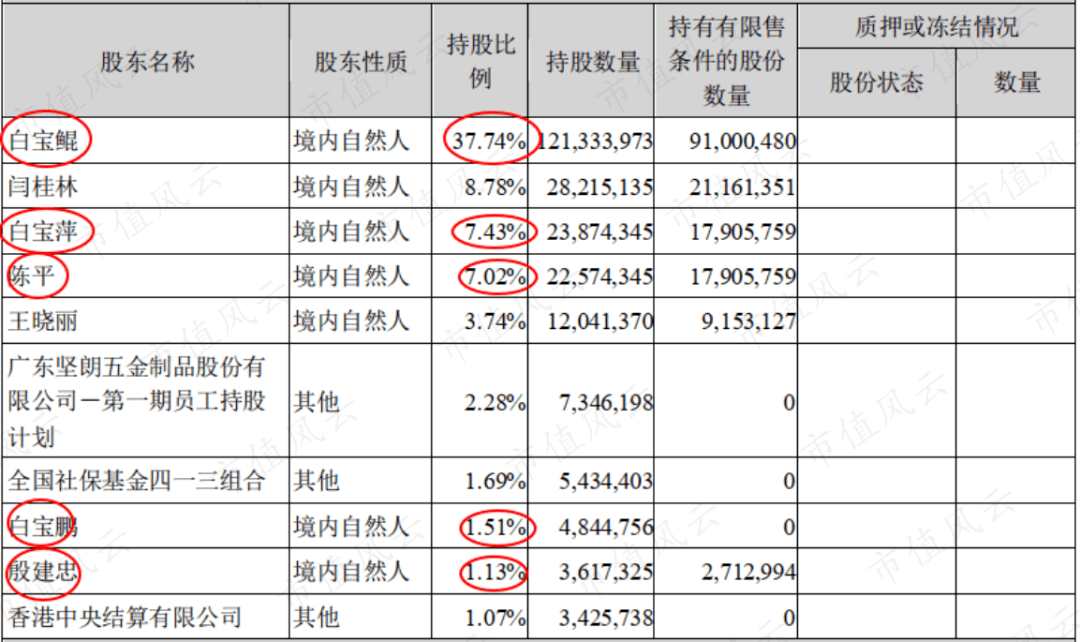Customs Coding for Hardware Accessories
This article introduces the customs coding for hardware accessories. It explains the purpose and importance of customs coding in international trade, as well as the specific coding requirements for hardware accessories. The article also provides guidance on how to find the correct customs code for hardware accessories, and discusses the consequences of using the wrong code. Finally, it emphasizes the need for accuracy and consistency in customs coding to ensure smooth and efficient international trade.
Hardware accessories, often referred to as "五金配件" in Chinese, play a crucial role in various industries such as construction, automotive, and electronics. These components are essential for the smooth functioning of machines and devices, serving as connectors, fasteners, and support structures. Given their diverse applications and materials, it is essential to correctly classify them under the appropriate customs codes to ensure smooth customs clearance and accurate tax assessment.
Common Types of Hardware Accessories

1、Fasteners: These include bolts, nuts, screws, and washers, made from a range of materials such as steel, stainless steel, and aluminum. Fasteners are used to secure components in place.
2、Connectors: These are devices that join two or more components together, often providing an electrical or mechanical connection. Connectors can be as simple as a wire connector or as complex as a multi-pin connector assembly.
3、Supports and Brackets: These provide structural support for components, such as shelf brackets in a cabinet or a suspension bracket for a lamp. Supports and brackets are often made from metal or plastic.
4、Gaskets and Seals: These are thin layers of material that provide a barrier between two surfaces to prevent leakage of fluids or gases. Gaskets are commonly made from rubber or plastic materials.
5、Threads and Thread Accessories: These include components that are used to create or repair threaded holes, such as taps and dies. Threads are essential for creating joints that can withstand high levels of stress.
Classification and Customs Coding

The correct classification of hardware accessories under customs codes is essential for several reasons:
1、Tariff Calculation: Each customs code has its own tariff rate, which determines the amount of tax payable on the imported goods. Correct classification ensures that the correct tariff is applied.
2、Customs Clearance: Correctly classified goods can be cleared through customs more quickly and efficiently, reducing the time and cost of importation.
3、Compliance with Laws and Regulations: Each country has its own set of laws and regulations governing the importation of goods. Correct classification ensures compliance with these laws, avoiding any penalties or fines.
Factors to Consider when Classifying Hardware Accessories
1、Material: The material from which the hardware accessory is made is a significant factor in classification. For example, stainless steel fasteners are classified differently from aluminum ones.

2、Purpose: The intended use of the hardware accessory also affects classification. A bolt intended for structural support in construction will be classified differently from one intended for securing automotive components.
3、Design and Shape: The design and shape of the hardware accessory can also influence classification. A wire connector with multiple pins may be classified as a "multi-pin connector" while a simple bolt may be classified as a "bolt, nut, or screw."
4、Manufacturer's Intent: Sometimes, the manufacturer's intended use for the product can influence how it is classified under customs codes. This is particularly true for products that may have multiple uses or applications.
Conclusion
Correctly classifying hardware accessories under customs codes is essential for ensuring smooth importation and compliance with laws and regulations. By considering factors such as material, purpose, design, and manufacturer's intent, one can ensure that the correct classification is made.
Articles related to the knowledge points of this article:
Title: Titanium for Eyewear: The Quintessential Guide to Five-Gold Components
Hardware Accessories Supermarket
Title: Shanghais Industrialization of Metal Hardware Components Industry
Hardware Fittings: The Essence of Construction



